SINAIS LATINOAMÉRICA
Sala (S8) Palexco | Saturday June 7th | 1:00 pm | Free entry to all venues until full capacity. It will not be possible to enter the venues after the screening has started.
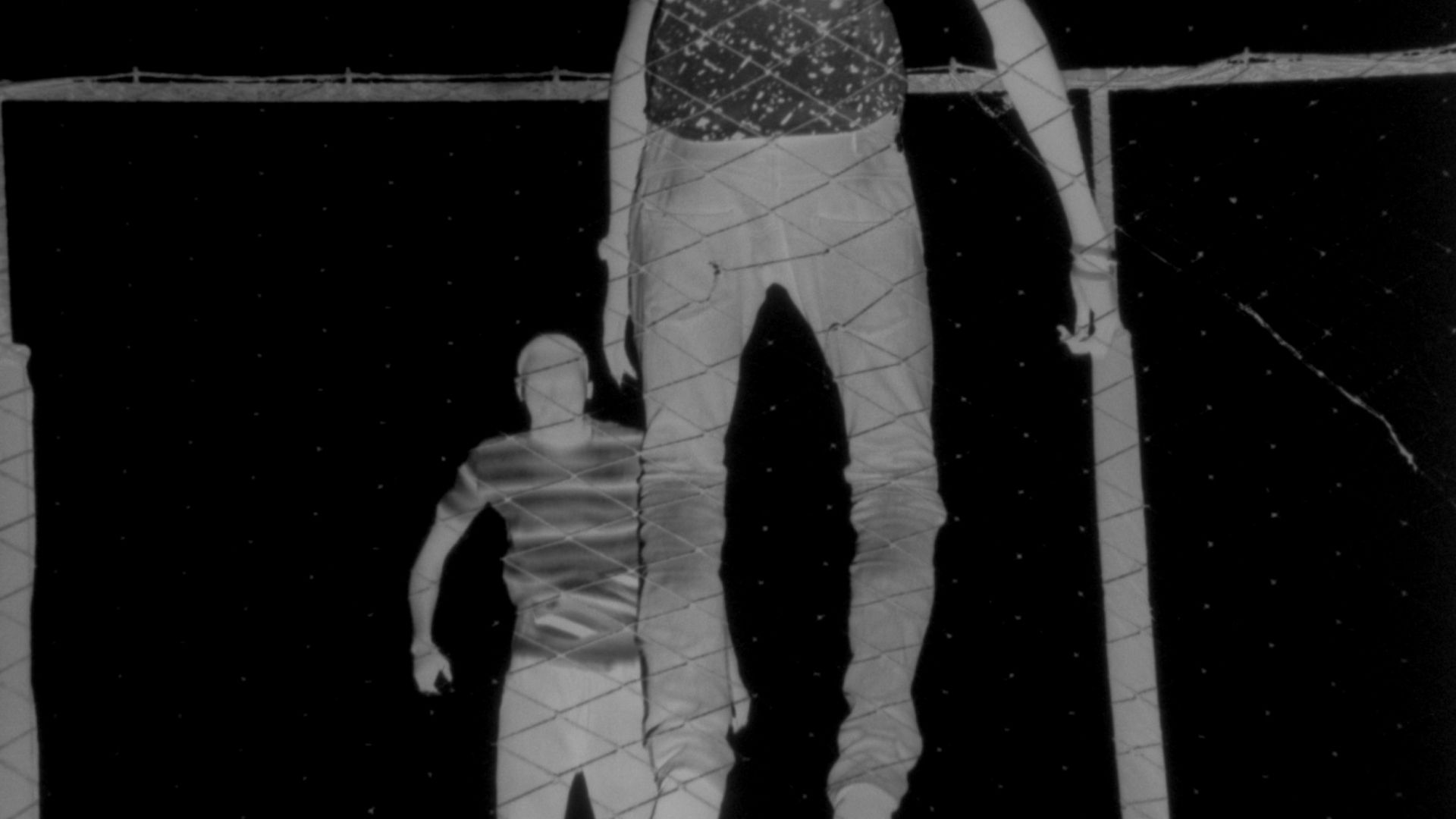
Bisagras (Hinges)
Luis Arnías | 2024 | United States, Senegal, Brazil | 16 mm | 15 min 30 s
A film that explores the persistence of Black consciousness, here and wherever. Finding a connection between the film emulsion and my skin, Bisagras tells of my experience as a person of Afro-Caribbean descent during a visit to the House of Slaves on the island of Gorée, Senegal, and the port of Salvador de Bahia, in Brazil. In these places, I dare to imagine the story of the journey of my ancestors, African slaves, to America and to trace out a line that passes through me. (Luis Arnías)
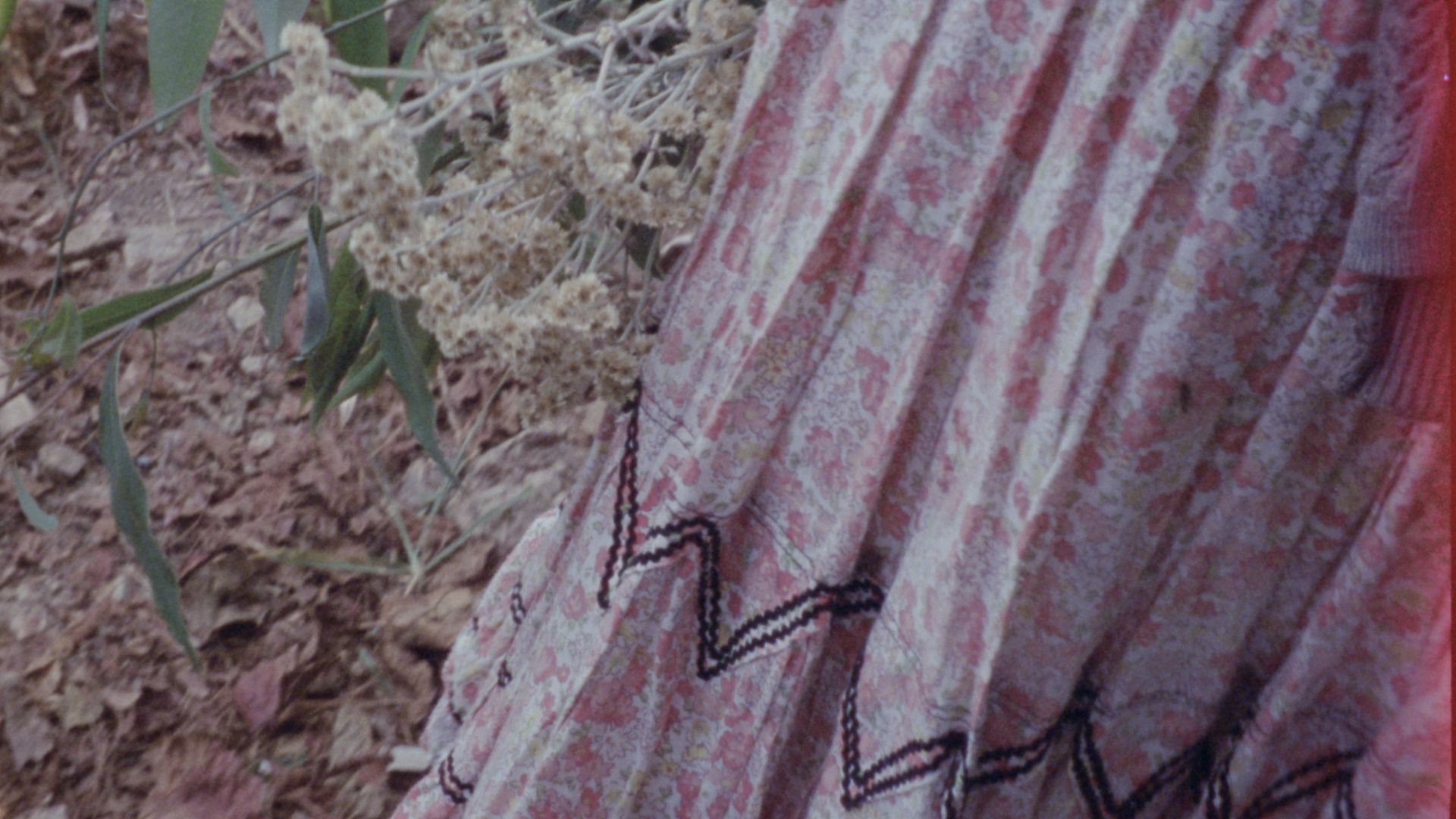
Por dentro somos color (Inside we are colour)
Elena Pardo | 2024 | Mexico | 16 mm | 12 min
In Santa María Tlahuitoltepec, Oaxaca, the women’s organization Poj Kääj maintains a community herbarium. Touring in search of plants is a way to share knowledge with midwives, healers and xëmaapyë. In Teotitlán del Valle, the Ruiz family embarks upon their own journey in search of colours, which they find inside plants and insects and use to dye the wool with which they weave rugs. Both tasks involve exploring the territory, recognizing it, naming it, and relating to everything within it. This film takes us on a journey that interweaves the two powers of plants: healing and colouring. (Elena Pardo)
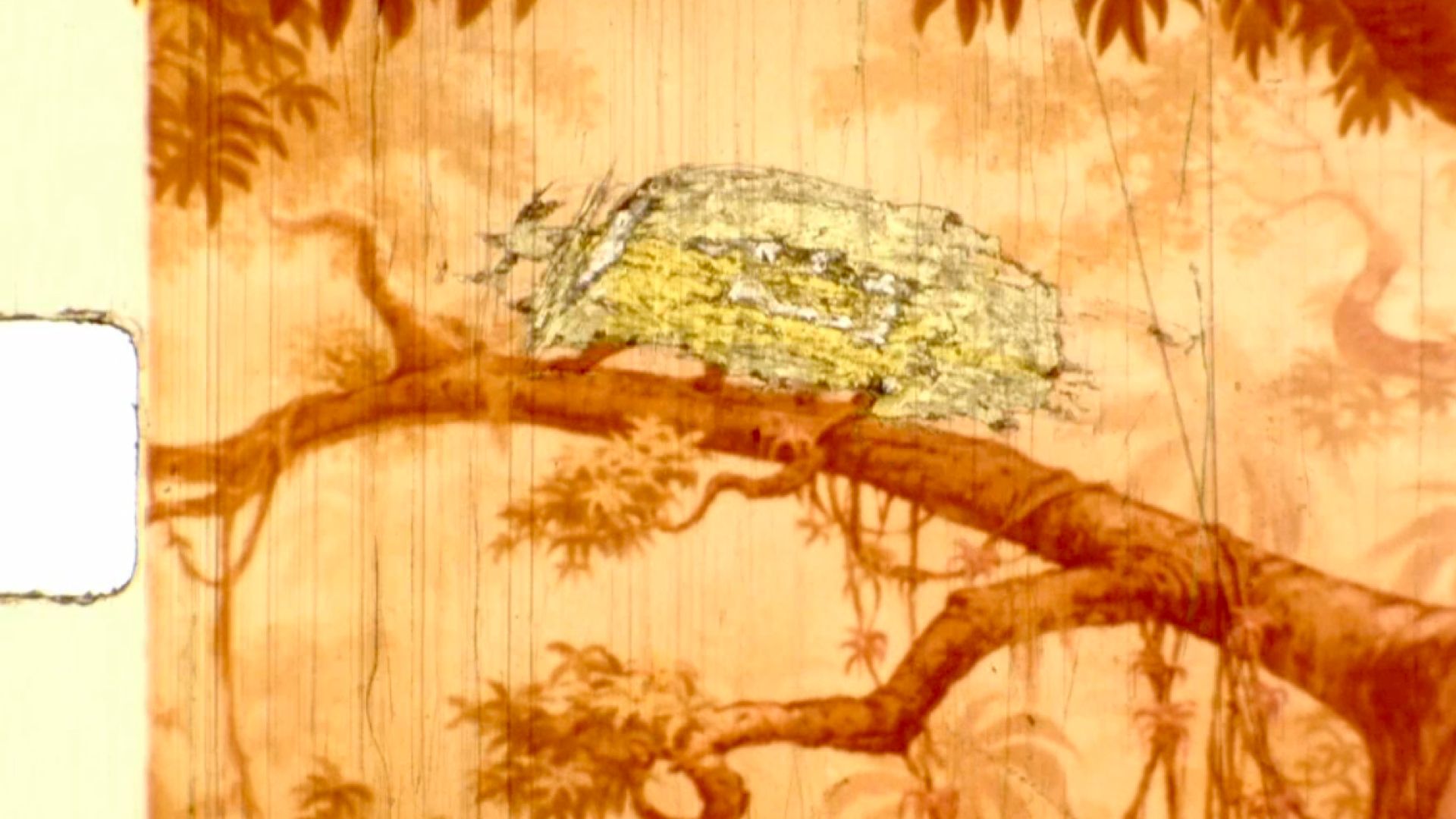
Electuario: plantas para el duelo (Electuary: plants for mourning)
Marcela Cuevas | 2024 | Mexico | Super 8 mm to digital | 4 min
This is a film poem about matrilineal mourning, made up of elements of autobiography and alchemy based on Paracelsus’ theory of Palingenesis. It is made in Super 8 and digital formats, and worked on using various techniques, including pigmentation with menstrual blood. (Marcela Cueva)
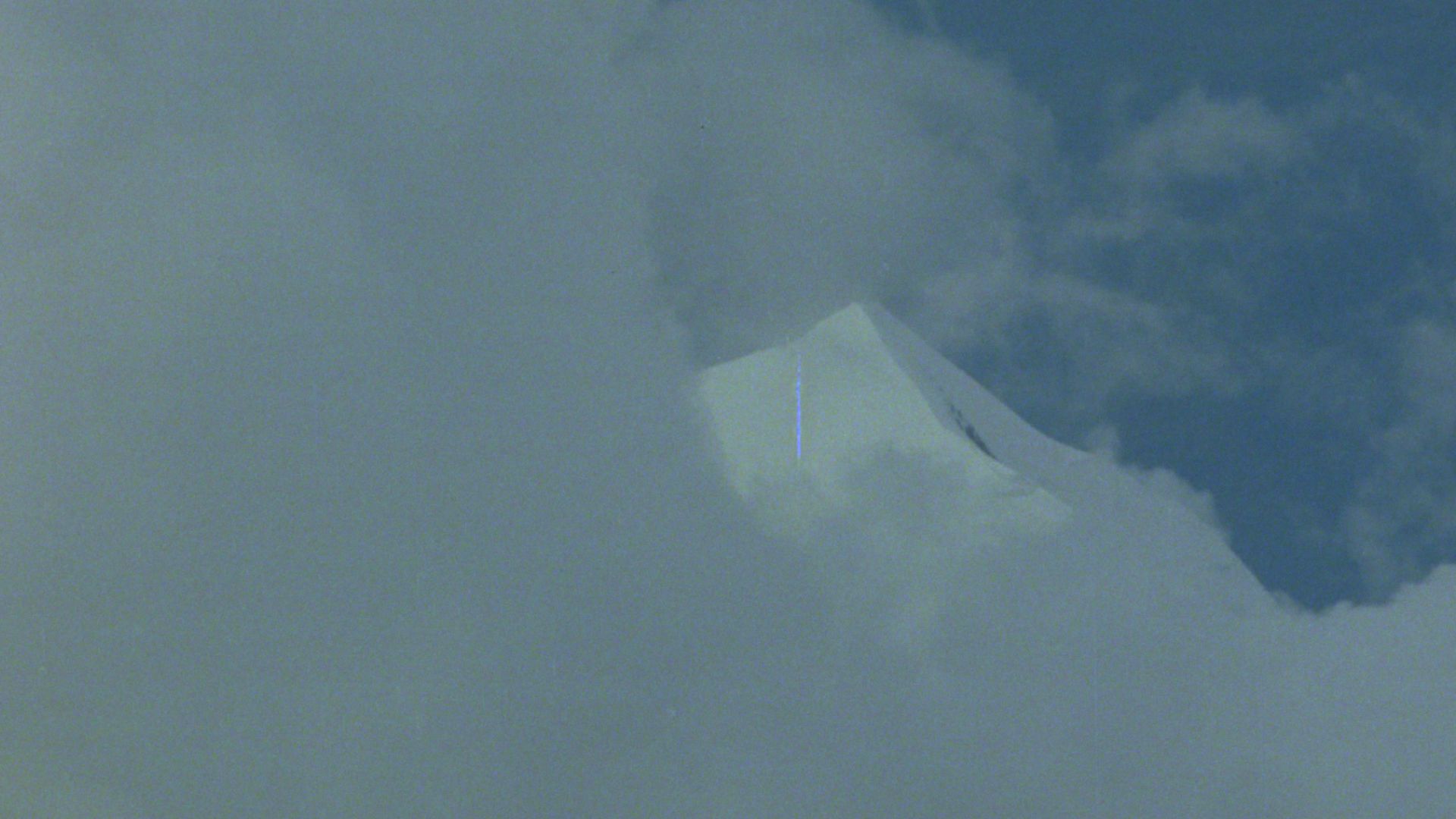
p u r o a n d a r (p u r e w a l k i n g)
Luciana Decker | 2025 | Bolivia, United States | 16 mm | 12 min
Bolivian artist and filmmaker Luciana Decker Orozco explores ancient and essential activities: eating, chewing, and digesting. Her suggestive celluloid seeps into mouths, intestines and entrails, as well as into experiments in the catacombs of humanity and the Earth. (Miquel Martí Freixas)
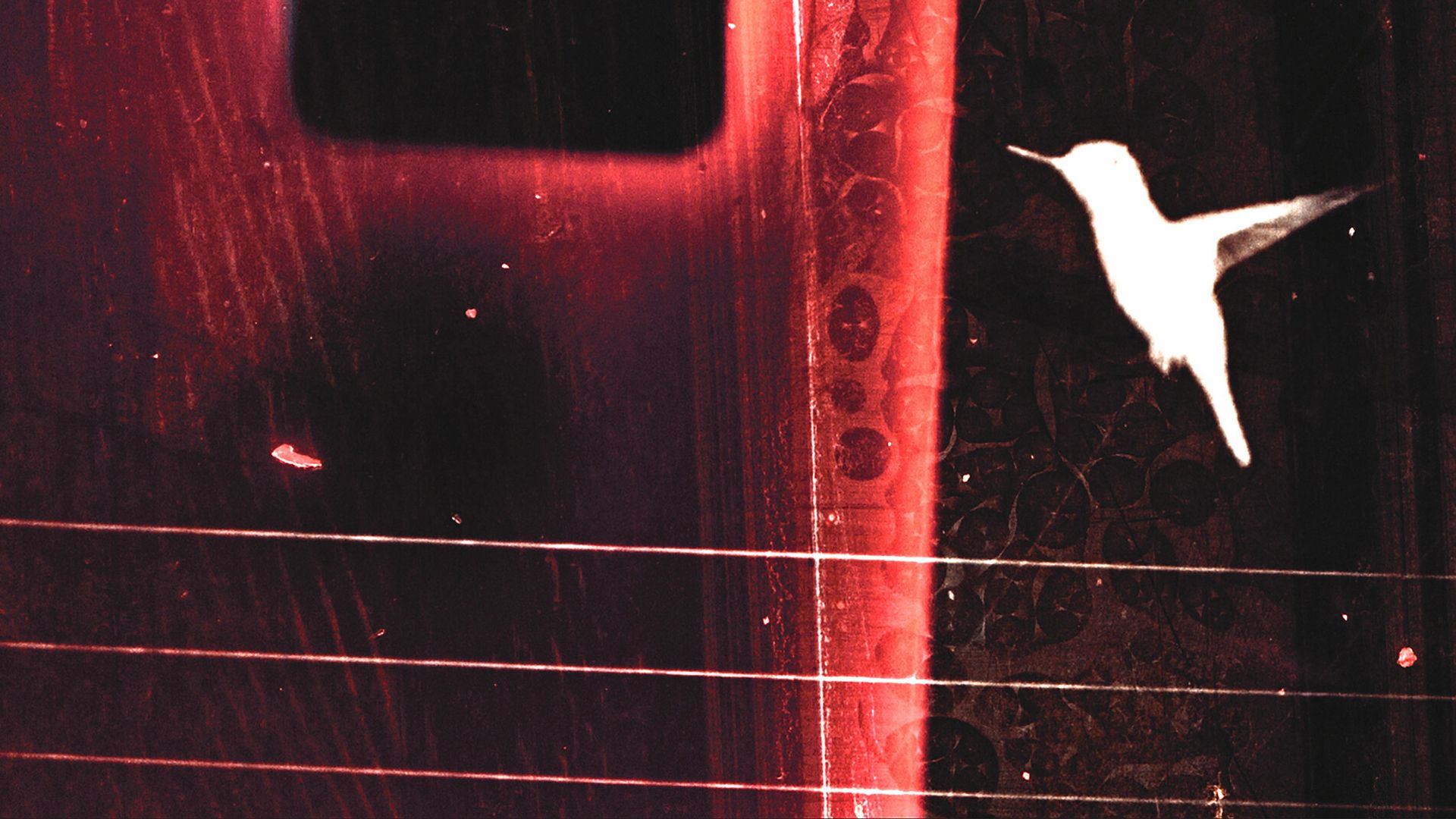
lessons on flight
Cecilia Araneda | 2024 | Chile | 16 mm | 4 min 27 s
Shot on black and white 16 mm film, organically processed with olives, and hand-coloured in a rural area of Chile, lessons on flight examines the flight patterns of the green-backed firecrown hummingbird. (Cecilia Araneda)
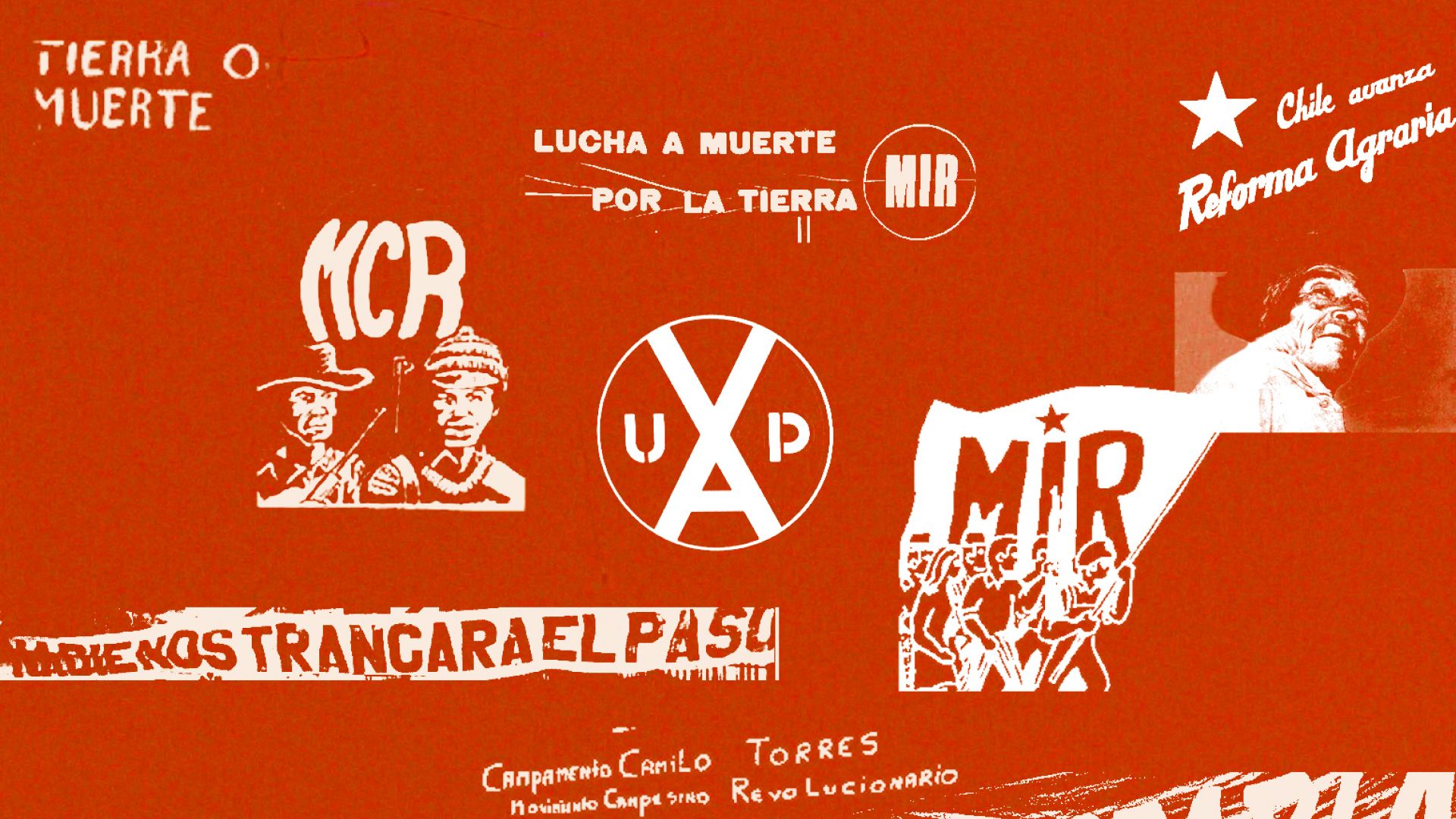
A desalambrar (Unfencing)
Martín Baus | 2024 | Chile | 8 mm | 14 min
The voices and rhythms of the Chilean agrarian revolution shake the earth, stirring up sediments and digging up the geomorphological layers of history. This film was made from the expropriation of 35 mm industrial film landscapes, manually reduced to 8 mm, into raw material, utopian abstraction. (Martín Baus)
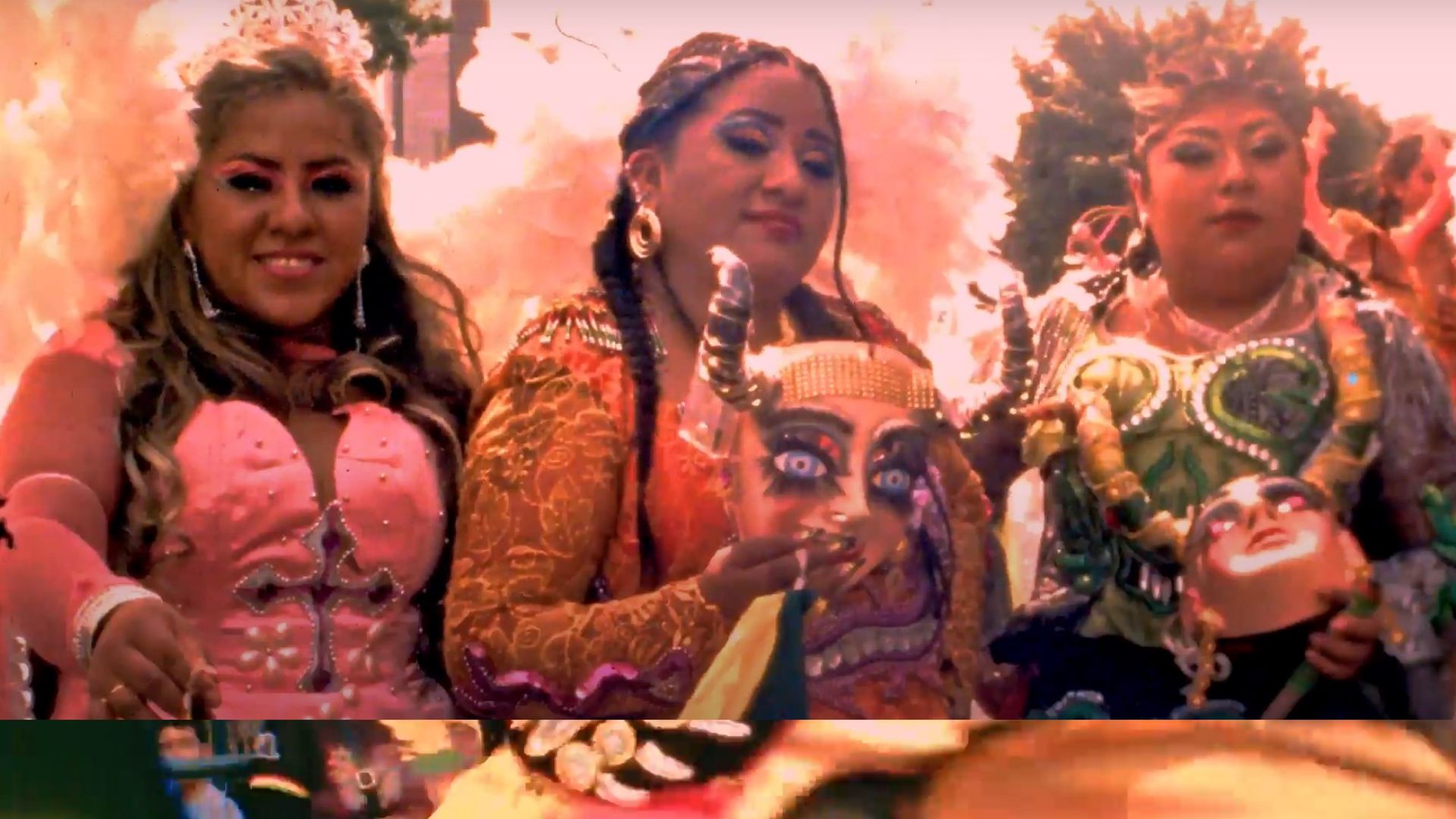
Marrona Libre (Free Brown Woman)
Natali Mamani and Rodrigo Sousa | 2024 | Brazil | Super 8 mm, 16 mm, digital | 3 min 32 s
Marrona Libre (Brisa Flow and Abi Llanque) l Beat Suntizil l Lyrics by Brisa Flow and Abi Llanque l Janequeo album
Video clip of Marrona Libre, by the artist Brisa Flow, who is of Mapuche origin and a resident in Brazil. Recorded in Super 8, 16 mm and digital, filmed in areas that are significant for the Andean, Aymara and Quechua community in the city of São Paolo. The children of Andean migrants take part in this video, during the celebration of Bolivian holidays. (Natali Mamani)
SINAIS LATINOAMÉRICA
SONGS OF THE EARTH: NOTHING CAN DIE
The Earth pictures us and we picture it, too. The Earth remembers and we do so with it, pouring ourselves out like lava onto the primordial because that is where we feel warmth; a warmth from deep inside that brings us closer to life and to transformation, to cycles of light and darkness, of death. The Earth is a struggle; it is memory; it is the root; it is origin and end; it is sacred; it is mythology; it is an omen; it is a dream; it is motion; it is fertility; it is where we come from and it has no borders. This year’s Sinais Latin America selection is a garden of films that are sown and germinate. They are songs that are personal, historical, disruptive and loving; they are tributes and they bring together seismic voices to shake up extractive imagined worlds.
Hinges bind together and enable movement; they can be an axis or a meeting point. In his film Bisagras (Hinges), Luis Arnías composes a poem, a song to his ancestors, a prayer that resonates within the territory and the bodies that inhabit it. Filmed in a black and white that journeys around the positive and negative to invoke multiple dimensions, we navigate the images as in a myth, brushing up against the very skin of the person holding the camera. The film was shot at the House of Slaves on the island of Gorée in Senegal. It is an iconic location that was set up as a museum house about the slave trade in the Atlantic Ocean and in Salvador de Bahia, Brazil, retracing the journey of slavery, observing the hands, faces and gestures that act as archives of time and of the Earth, of bodies made up of many timeless bodies and spirits; of the past, the future and the present. They are children of the Atlantic Ocean, an ocean whose sound carries with it a weeping, a shared genesis; the sea acts as a hinge between Senegal and Salvador de Bahia, the waters that remember everything and swallow up everything. The bodies in a chiaroscuro rock in the choppy sea; they leap repeatedly behind bars, yearning for freedom, and they dance holding hands. Directions are interpolated, with the linearity of time and the horizon suspended. As in Zong! by M. NourbeSe Philip, the massacre is brought to justice upon invoking the spirits that colonization dehumanizes but which go on living, inhabiting bodies that are present, emitting sounds and shining with multiple colours.
Memory, ancestral knowledge, the feeling and thinking of the Earth all interact with the community, above all with those who resist despite the annihilating years. Elena Pardo unravels and spreads out a textile film that weaves together a process of deep understanding of various plants’ healing power and how to extract colours from them, generously accompanied by the Ruiz family in Teotitlán del Valle. The portrait distills a loving and respectful relationship as regards the act of sharing this knowledge, with a pace that intensifies the alchemy of the process and the sweetness of the people who, through their bodies, we can see how they do it, with laughter and voices full of life. Por dentro somos color (Inside we are colour) warmly shows a predominantly matriarchal relationship with plants, the Earth and its fabric, which tenderly resists. Wool is transmuted like viscera, like entrails, which lead us to touch our own. Our inner body becomes activated by the voices that recognize each and every tree and plant around them and which generously lend us a twig to perceive, stroke and smell.
In a corner of the garden, the ashes of Marcela Cuevas’ mother were buried, and she decided to make Electuario: plantas para el duelo (Electuary: plants for mourning) as an artwork with the material of cinema that finds potential for medicine and for a material and corporal catharsis. Based on Paracelsus’ Palingenesis, Marcela’s voice opens up a fantastic world to us in which the spectral power of living beings intersects with the emotional experience of such intimate grief. Like a feeling that in the end is indescribable and inexplicable, it challenges us in that essential aspect that we know very well but which surpasses all types of linguistic rationality. The analogue image stands out in its organic materiality, immersing us in the tension of the potential for disappearance that celluloid holds when worked on, and which in turn touches that wound of our own potential for disappearance. In Paracelsus’ alchemy, beings have the potential to return to life, and this is a possibility that the phantasmagoria of cinema could well recover, above all when exploring the emotional green shoots and distancing itself from representation.
I randomly open the chapter “Puro andar” (“Pure walking”) in El Pez de Oro (The Gold Fish) by Gamaliel Churata and come across the footsteps of the fossilized skeleton in the Saj cave… Saj… Saj…the Saj that Luciana Decker invokes in her film Puro andar (Pure walking) with which we head towards the bowels of the earth. A trembling dawn instills suspense within us, with the certainty that in the city not only do we inhabit what we see, but there are also many spectral forces, and not only in the city, but everywhere. Women of different ages eat broad beans together, and maize, cheese, stews, soup, home-cooked food made with the fruits of the Earth. It is a moment in which the act of chewing and digesting becomes a ritual, a journey into the guts where unintelligible sounds roar but which are nonetheless calls from an innermost beyond that is the beyond. We descend into the cave and lose ourselves in the darkness of the sensorial, of the infinite and fossilized, of the cycles of the Earth that accumulate and condense, and which are here to temporarily transport us to an expanded self. The camera rises and falls, returning us to the city, to the everyday collective enjoyment of reggaeton and sweat. The circular nature of life’s everyday activities such as eating become spells that remind us of where we come from and where we are going.
The appearance of a hummingbird is an omen, a message from a soul that is no longer physically with us. With a beginning that resembles Muybridge’s investigations of movement, Cecilia Araneda in her film Lessons on Light pays tribute to the hummingbird as a mythical bird, and with a unique rhythm that turns the material of film into a deep landscape, over which the spectral trace of the hummingbird dances with greater cadence. The pictorial material nature in the film situates us in a microscopic and material vision of the inside of a plant, or perhaps in a spiritual dimension. The film emerges from the artist’s personal experience of observing her grandparents’ house in Chile, experiencing mourning over exile and the passing of the years. The slight movements and the multiple possible directions create a moving tribute to the beauty and wisdom of a being who inhabits this Earth, flying, vibrating spiritually with the fluttering of its wings, soaring over mourning and tragedy; summoning a hopeful sound that resonates, above all, from within.
The message in A desalambrar (Unfencing) by Martín Baus is the verb or command for hearing. “The land belongs to those who work it,” and the path of struggle is always complex, facing “forces that act in the shadows.” The abstraction of the expropriated film that was manually adapted from 35 mm to 8 mm puts us in that place of darkness that creates a double sense: a warm one like an endless sunset and also another like an apocalyptic or utopian ending. It is a collective vision that transcends the known horizon. Despite the decades-long gap between the material in the sound archives that make up the film and the emblematic music of the struggles for land, the abstraction of the image situates us within a non-time that reminds us that the status quo remains the same. We dive into the Earth to cover our eyes and stop looking for a while. We immerse ourselves in the Earth and listen to the footsteps, the work and the protests of those who worked and still work on it. The testimonies take on a present time that, together with the representative symbols of peasant revolutionary movements, challenges us, and the command is not only to listen, but also to not forget: remember. The single body appears fleetingly among the deconstructed film material; legs that in the end get up and walk; a walk that joins in the struggle.
The diasporic bodies that are born, nurtured, and resist within Latin America preserve and protect the memory of their ancestry through dance and music. Brisa Flow and Abi Llanque soothe the territory delimited by republican borders with their verses, while Natali Mamani and Rodrigo Sousa navigate collective experiences of resistance and Bolivian cultural memory in Brazil. Abya Yala, no longer Latin America, and free brown women who resist the oppression of their bodies and of the land. The video brings together formats and scenarios, revealing to us the gazes and faces of younger generations with a fiery glow. The colours enhanced with Super 8 and 16 mm are the colours that colonization intended to extinguish but could not. They are here and there, recalling and fighting with every breath, with every step, with every movement and with every verse. These are songs that combine with an activism that is spiritual and essential; it is about fighting for a free and dignified existence. Collective joy and community make up the nest that prepares us to be able to fly, and to carry messages from the beyond and the innermost beyond.
In her poem Ghosts, Mary Oliver wrote:
In the book of the earth it is written:
“Nothing can die.”
In the book of the Sioux It is written:
they have gone away into the earth to hide.
Nothing can coax them out again
but the people dancing.
Ivonne Sheen Mogollón
